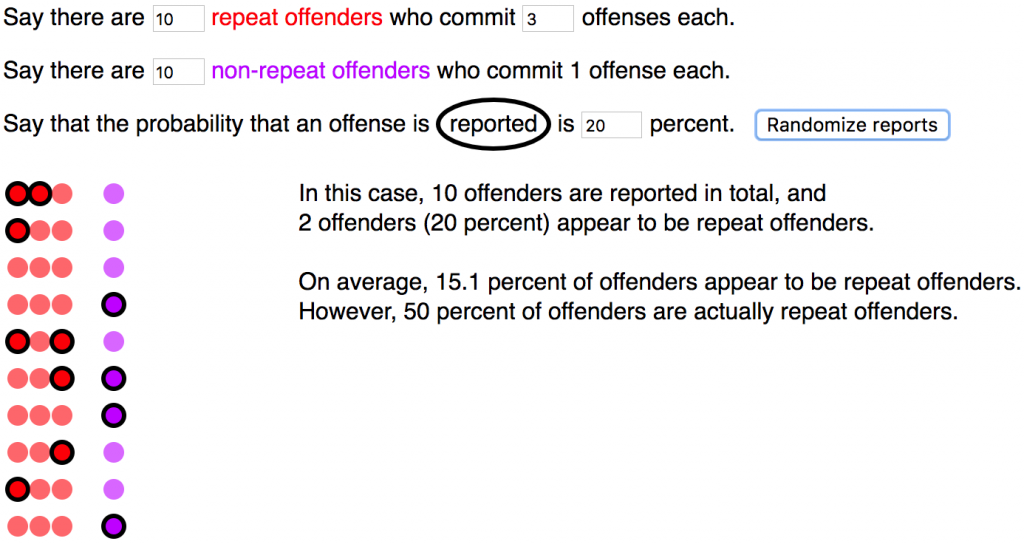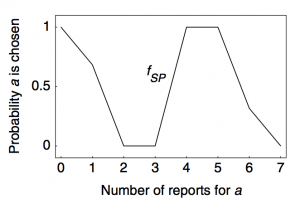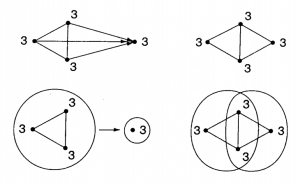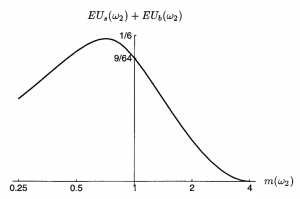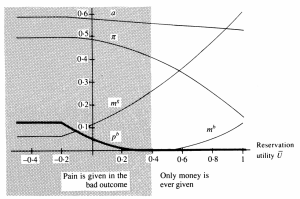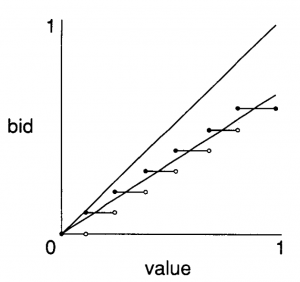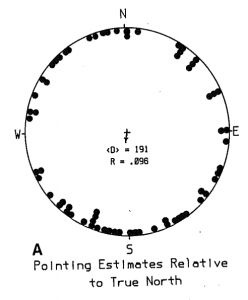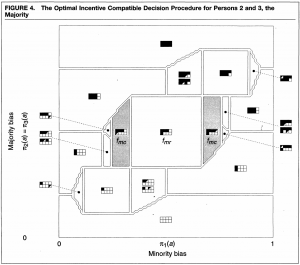
Recently, Lani Guinier argues against majority rule on fairness grounds, both abstractly and in the specific context of the representation of people of color in the United States. Since a majority can always get its way, a minority has little power and might not even participate in elections. Guinier suggests instead procedures which might distribute power more evenly, including “taking turns,” in which the majority gets to decide more often, but the minority gets to decide at least some of the time. Two centuries earlier, however, Condorcet argued for majority rule on the basis of efficient information aggregation: if each individual has an equal chance of having the correct opinion, then majority rule is most likely to select the better of two alternatives.
This paper takes Condorcet’s information aggregation model and adds voter heterogeneity: each voter has an idiosyncratic prior belief or preference which is the objectively better alternative. The main result is that given some prior beliefs, the best possible decision procedure for the majority involves taking turns, in the sense that with some probability the minority gets to decide even when outvoted by the majority. In other words, even the welfare criterion most favorable for the majority sometimes requires “special” minority voting power. American Political Science Review (1999) 93: 85–97.


